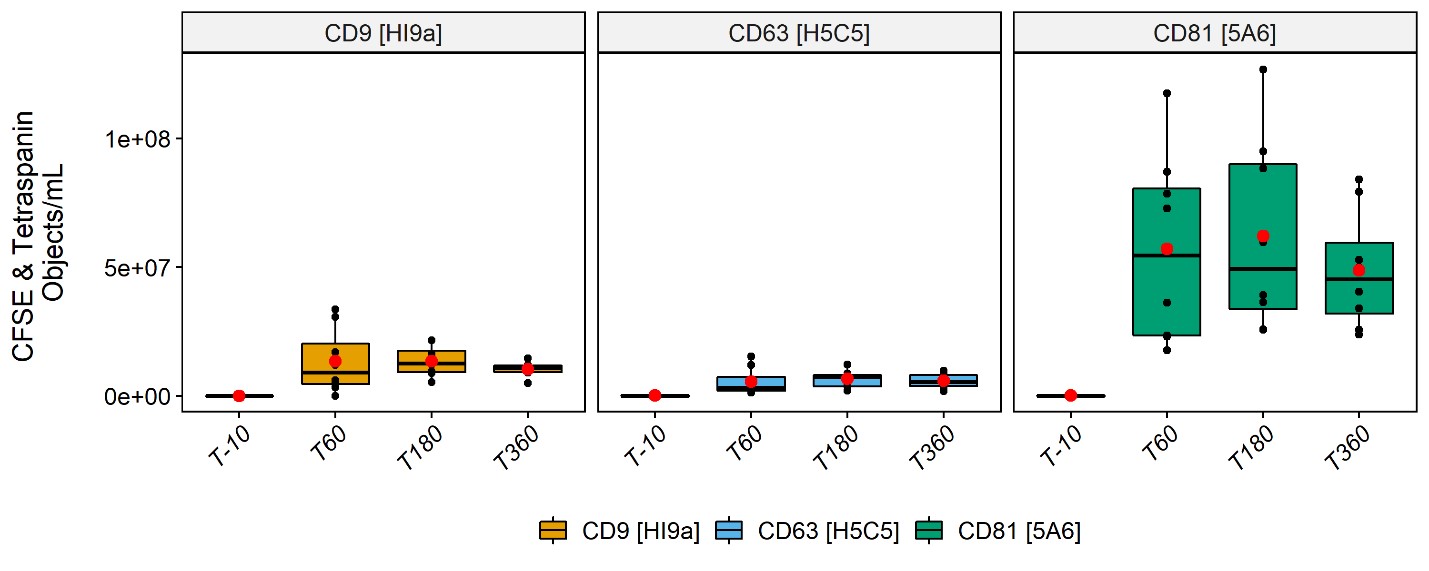
Carla C. Baan, PhD, is Professor and head of the Nephrology & Transplantation Laboratory at Erasmus Medical Center, University Hospital Rotterdam, The Netherlands. Dr Baan obtained her doctorate from Erasmus University, The Netherlands.
Her position involves the supervision of doctorate research related to the role of cytokines, regulatory T cells, B cells, cell therapy and immunosuppressive drugs in clinical organ transplantation. The aim of her translational work is to titrate the immunosuppressive burden on our patients in such a way that side-effects (infections, malignancies, cardiovascular events) are kept at a minimum while at the same time rejection processes are prevented.
Dr Baan has been the President of the European Society for Organ Transplantation (2011-2013) and is a member of the board of the International Society for Heart and Lung Transplantation. Currently, dr Baan is the Executive Editor_Basic Sciences and the Social Media Editor of the Transplantation Journal.
Extracellular vesicles released during normothermic machine perfusion are associated with human donor kidney characteristics
Wouter Woud1, Asel Arykbaeva2,3, Ian Alwayn2,3, Carla C Baan1, Robert Minee4, Martin J. Hoogduijn1, Karin Boer1.
1Erasmus MC Transplant Institute, Department of Internal Medicine, University Medical Center Rotterdam, Rotterdam, Netherlands; 2Department of Surgery, Leiden University Medical Center, Leiden, Netherlands; 3LUMC Transplant Center, Leiden University Medical Center, Leiden, Netherlands; 4Erasmus MC Transplant Institute, University Medical Center Rotterdam, Rotterdam, Netherlands
Background: Extracellular Vesicles (EVs) represent stable, tissue specific nano-sized particles that reflect the conditional state of their tissue of origin. Here, the dynamic release and phenotype of kidney EVs was characterized and quantified during Normothermic Machine Perfusion (NMP) of Expanded-Criteria Donor (ECD) kidneys to examine whether EVs could function as a potential biomarker for assessing kidney quality before transplantation.
Materials & Methods: Eight discarded ECD kidneys (~13 ± 5 hours of cold ischemia, age 68 ± 7 (mean ± standard deviation), all male) were perfused in a closed system at 37 0C for 6 hours. Perfusates were taken before and at 1, 3 and 6 hours of NMP and examined with Nanoparticle Tracking Analysis (NTA) and Imaging Flow Cytometry (IFCM). For IFCM, perfusates were stained with the tetraspanins CD9, CD63 or CD81 (general EV markers), or a mix of these three markers in combination with CFDA-SE (a non-fluorescent molecule that acquires fluorescent properties after cleavage by intravesicular esterases) to identify, quantify and characterize EVs.
Results: Analysis of perfusates with NTA revealed that the majority of nanoparticles present in the perfusates are <300 nm. For CFSE and the mix of tetraspanin double-positive EVs, we observed a ~700 / 740 / 560 fold increase compared to EV levels before perfusion at 1, 3 and 6 hours of NMP, respectively. Analysis of EV concentrations with crude donor characteristics (e.g. age, cold ischemia time (CIT), kidney weight) and NMP viability characteristics (renal flow, renal flow resistance, urine production) revealed that double-positive EV are negatively correlated with CIT whilst positive correlations were found with donor age after the first hour of NMP. Furthermore, tetraspanin CD81 was found to represent the majority (~75%) of the excreted double-positive EV (CD9: ~16% / CD63 ~8%) (Figure).
Conclusion: EVs <300 nm are released by ECD kidneys during NMP with highest excretion levels during the first hour of perfusion. Tetraspanin CD81 is predominantly present on these EVs, and EV concentrations were shown to be correlated with well-established indicators of kidney quality such as donor age and CIT. The characterization of the excreted EVs as well as their correlation with clinical parameters provide a starting point to study their role as potential biomarkers of kidney quality.


right-click to download
